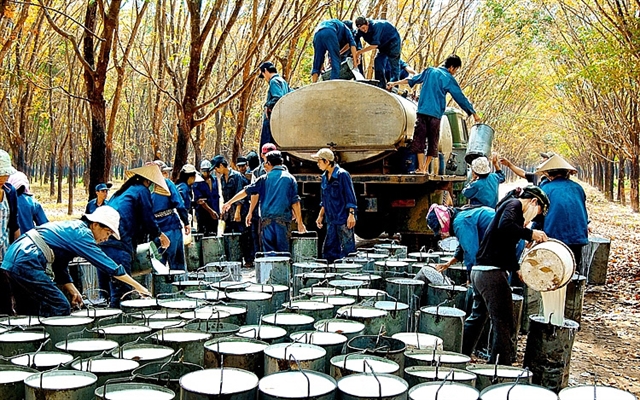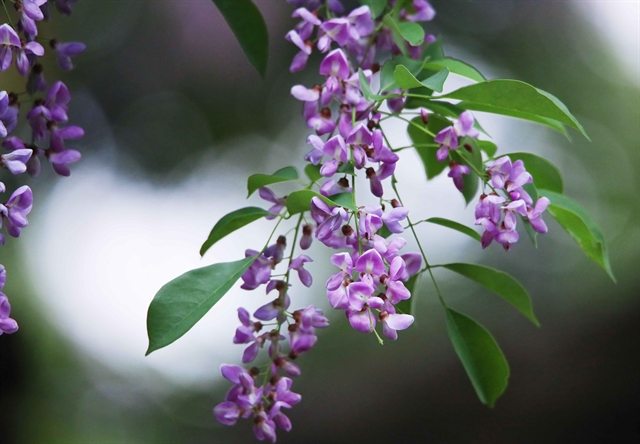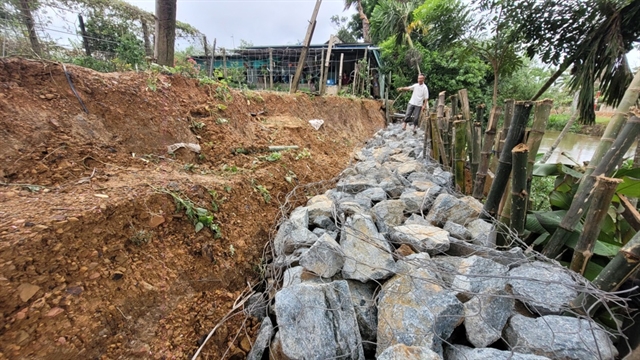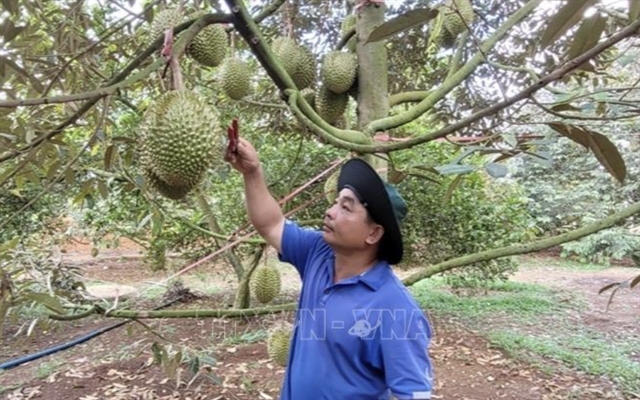 Society
Society

Việt Nam recorded average forestry production value growth of six per cent per year, nearly doubling the target of the national forestry development strategy following 10 years of implementation.
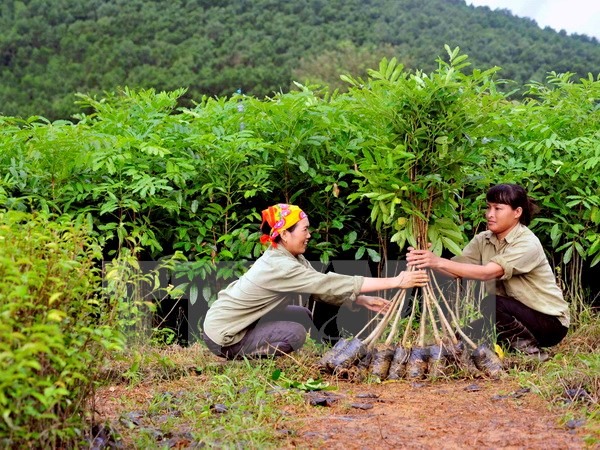 |
| The country annually grows over 225,000ha of forest. — VNA/VNS Photo Quang Quyết |
HÀ NỘI — Việt Nam recorded average forestry production value growth of 6 per cent per year, nearly doubling the target of the national forestry development strategy following 10 years of implementation.
Under the strategy for the 2006-20 period, the figure is expected to reach 3.5-4 per cent by 2020, the Ministry of Agriculture and Rural Development reported.
Forestry export value also rapidly increased, almost tripling after 10 years, from US$2.18 billion in 2006 to $7.3 billion in 2016. It is expected to reach $8-8.5 billion by 2020, higher than the target of $7 billion by that year.
Forest plantation was also actively implemented during the 10-year period, with some 225,000ha of forest planted each year.
Forest protection and fire prevention tasks also recorded positive progress with the area of damaged forest dropping from over 5.500ha per year during the 2006-10 period to nearly 3,000ha per year during the 2011-16 period.
The quantity of wood exploited from planted forests increased five times, from 3.2 million cu.m of wood per year in 2006 to 17 million cu.m in 2016.
The payment for forest environmental services has become an important source of finance to help improve the efficiency of forest protection, management and development, and contribute to reducing the burden for the State budget. The country collected some VNĐ1.3 trillion ($57.7 million) worth of forest environmental services each year during the period.
However, shortcomings remain, such as illegal deforestation, illegal exploitation of forest for valuable timber and the wrong use of forest land, according to the ministry. Although the rate of forest coverage increased, the quality and biodiversity of natural forests continued to decline.
The scale of forestry production was still small, while technology and administration of small-and medium-enterprises were underdeveloped, leading to low productivity. — VNS

